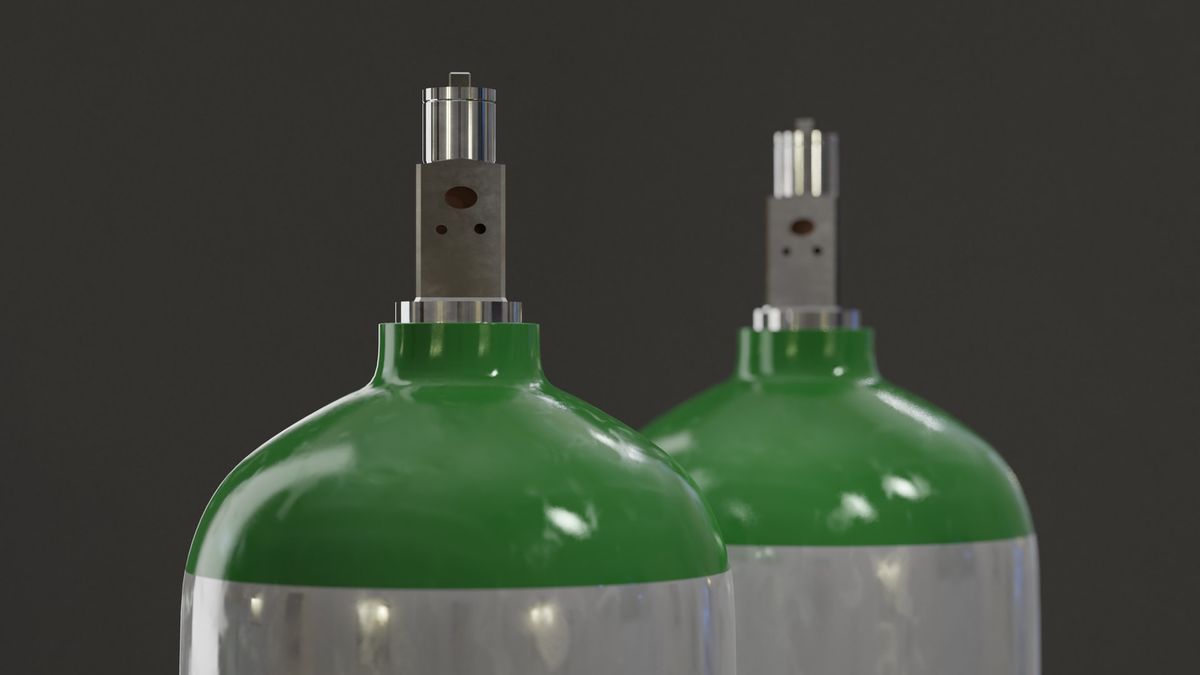JAKARTA - Head of the DKI Health Office, Widyastuti, responded to the issue of the crisis in the availability of oxygen cylinders for the treatment of COVID-19 patients in a number of areas. Currently, Widyastuti ensures that the stock of oxygen cylinders in the capital is under control.
"We ensure that the oxygen supply is still safe in DKI Jakarta. In its distribution, the ranks of the DKI Jakarta Provincial Health Office are also collaborating with the Transportation Service and Satpol PP," Widyastuti told reporters, Saturday, June 26.
Likewise with the readiness of drugs. Currently, its availability is ensured to be safe and under control.
“Medicines are distributed through the Sub-Department of Health in the City and District areas. We make sure everything is safe and under control. The safety of the residents is the main thing," said Widyastuti.
Previously, news circulated that medical oxygen cylinders as respiratory aids for patients in hospitals were running low due to the surge in COVID-19 cases. This was responded by the Minister of Health Budi Gunadi Sadikin.
Budi explained that the problem of lack of oxygen cylinders in Central Java and DI Yogyakarta was due to a power failure at the oxygen cylinder manufacturer. However, the disturbance is only temporary.
"Yesterday there was an issue in Central Java, it was because when there was a condition the factory had stopped because the electricity was interrupted for a while. However, because the engine needs time to start up again, so it takes time," said Budi in a virtual press conference, Friday, June 25. .
After that, Budi admitted that he had coordinated with PLN to ensure that there would be no more interference with the consistent supply of electricity for all oxygen plants on the island of Java.
"We have also discussed with this oxygen producer, if something happens in Central Java because there is only one factory, we can immediately fill it with trucks from West Java or East Java. It is large and there are sufficient quantities available," explained Budi.
Budi admits that the supply of oxygen cylinders is not decreasing, it's just that the current surge in COVID-19 cases has made the demand for oxygen cylinder distribution high.
"The issue is, many of them are filling up more often. What used to be once a month has become once every two days or once a week," he said.
Moreover, currently oxygen production companies have committed to distributing 75 percent oxygen cylinders to hospitals. Meanwhile, the remaining 25 percent goes to industry.
"The producers of these cylinders are generally domestic companies. They can quickly produce oxygen cylinders," said Budi.
"It can also explain to the public that we have anticipated a shortage of oxygen cylinders," he added.
The English, Chinese, Japanese, Arabic, and French versions are automatically generated by the AI. So there may still be inaccuracies in translating, please always see Indonesian as our main language. (system supported by DigitalSiber.id)













